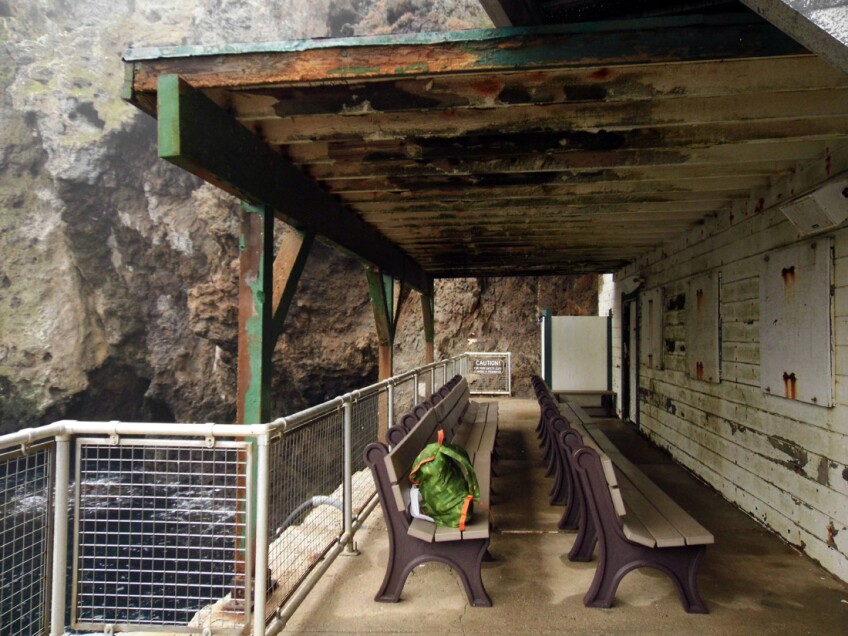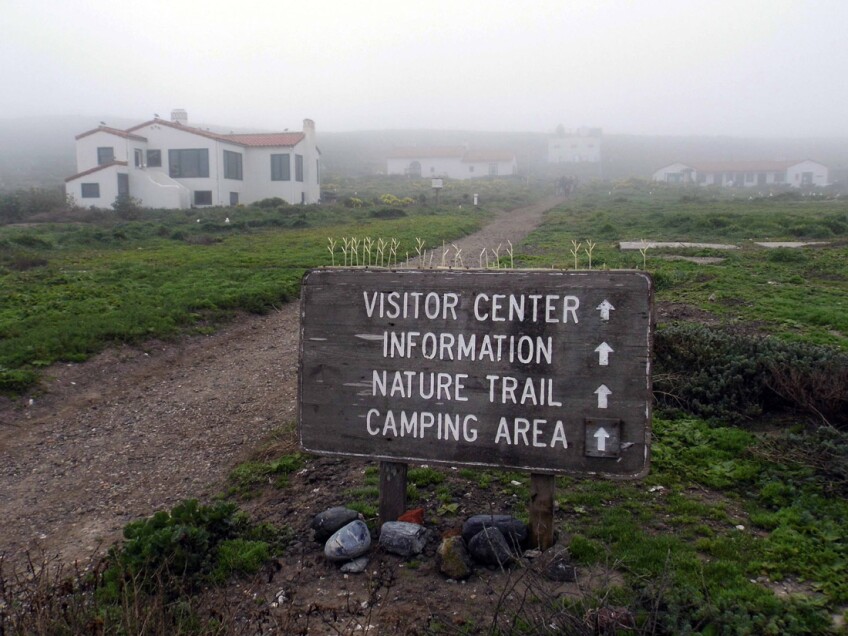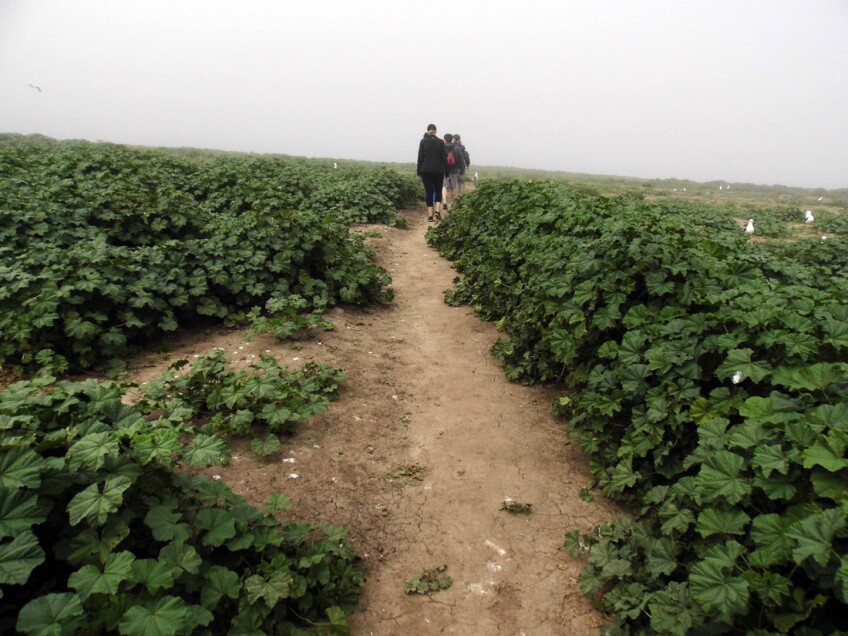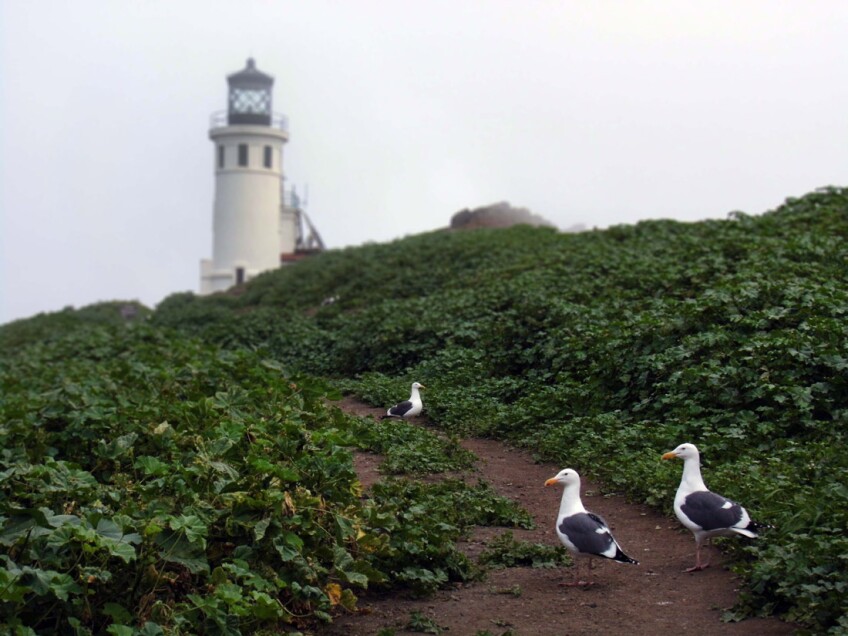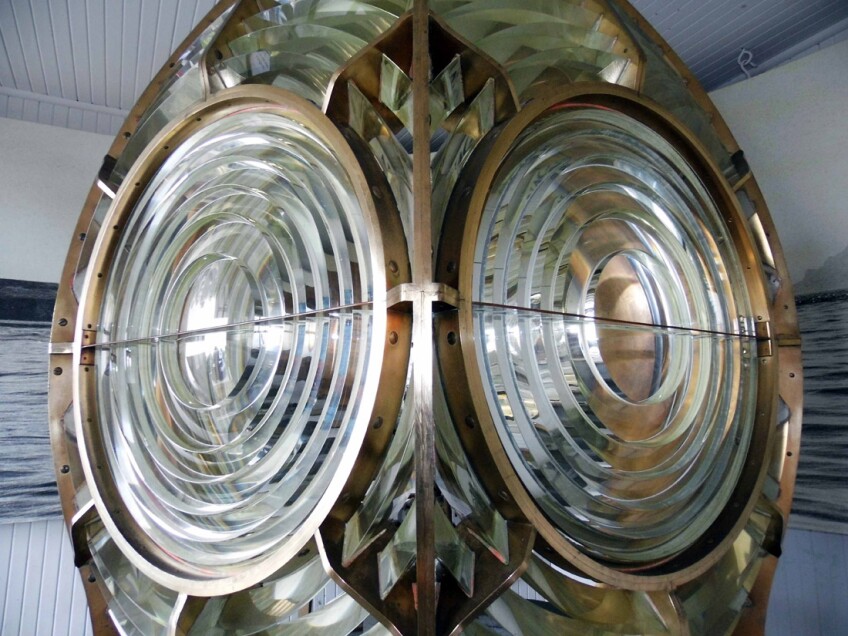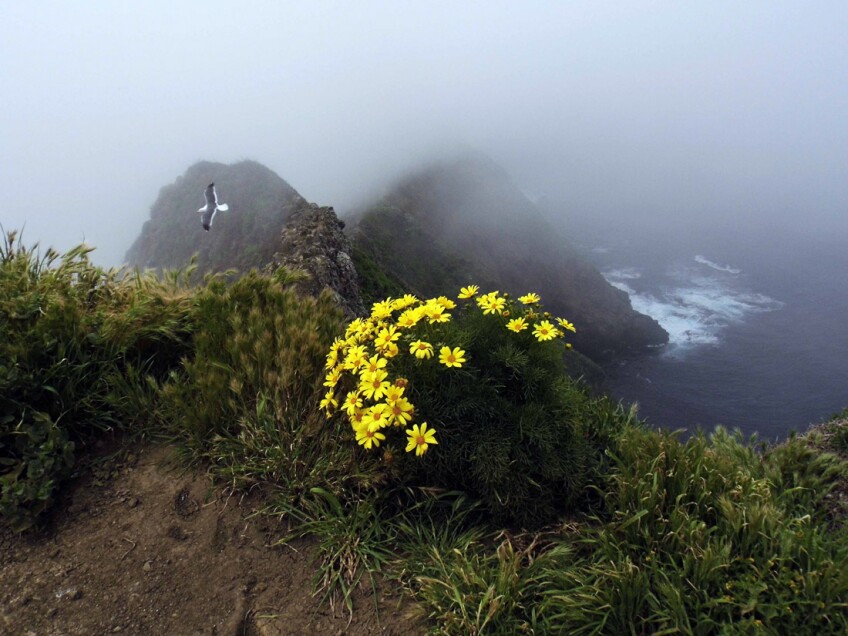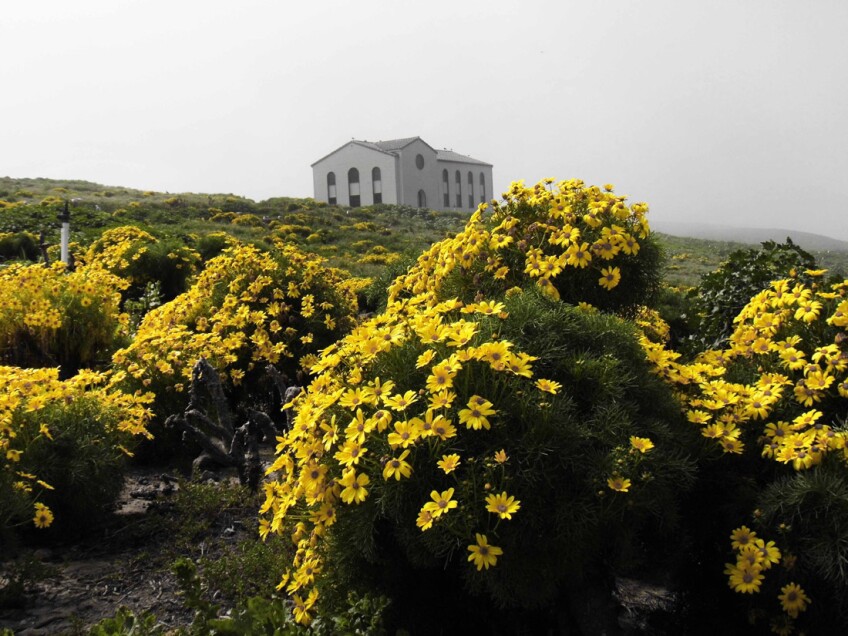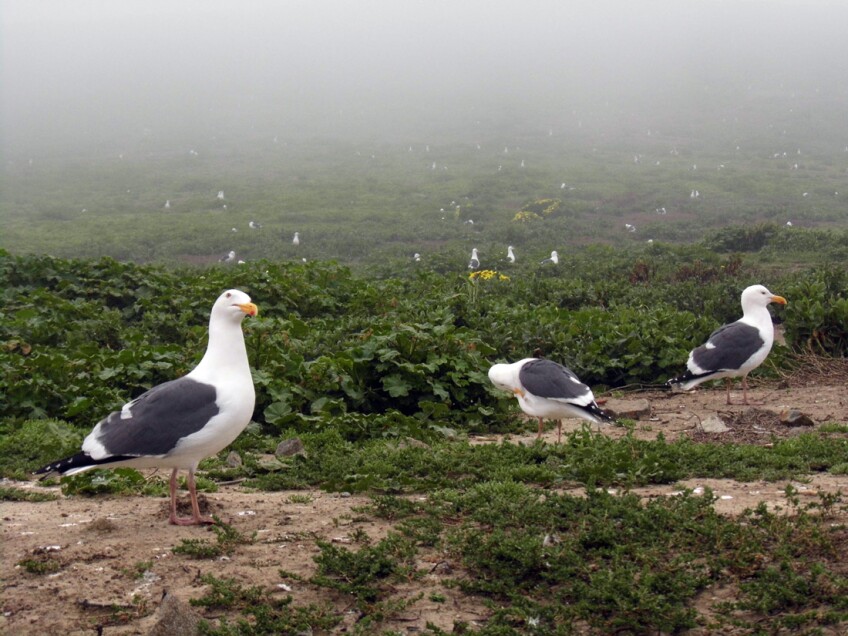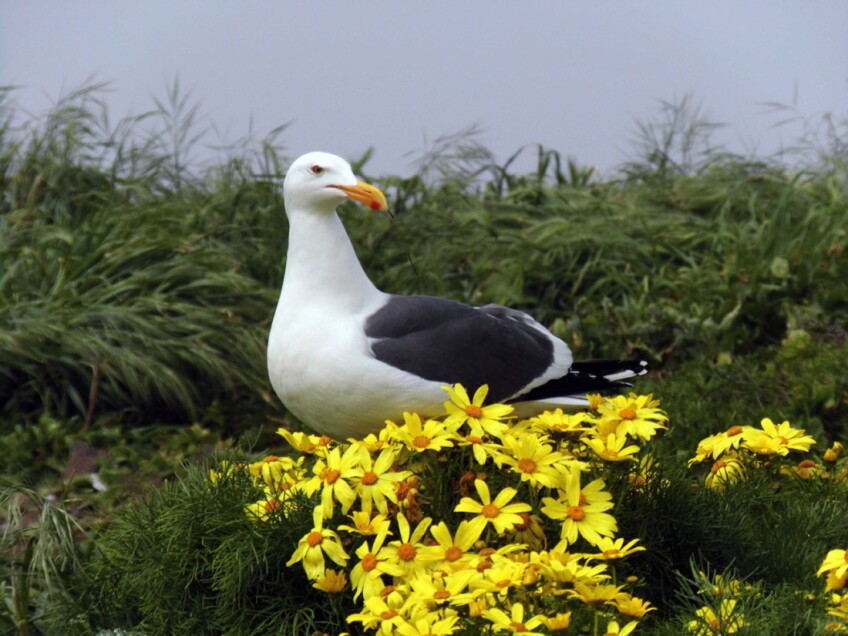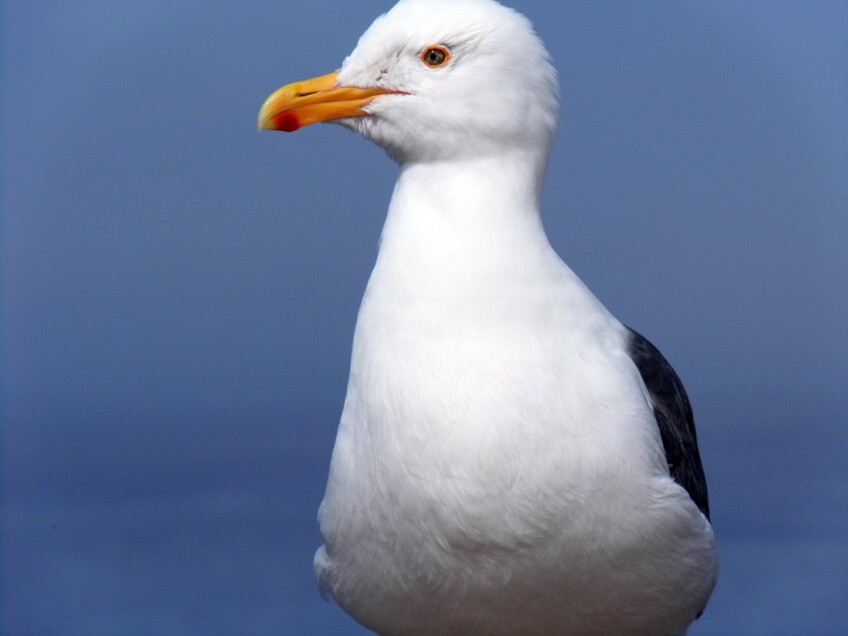Wildflowers Are Blooming and Seagulls Are Mating on Anacapa Island

There’s some major birds-and-bees action about to happen on Anacapa Island, the closest of the Channel Islands to the mainland.
This is a special time of year for the seagulls, which have begun pairing off for mating season on this island, the largest breeding ground for the Western gull in the Western U.S.
As long as they’re single, the birds go about their preening — since there’s no time for modesty when they’ve got to make a good impression with their plumage. They're ready to find a mate, make some babies, and take turns incubating the resulting eggs.
Of course, pairing off isn't always so easy — especially when you've got pesky humans ruining the mood. They're not very used to humans, given the remoteness of this island (and its lack of services). So, when you approach — even slowly, even quietly — one of them is likely to give a holler.
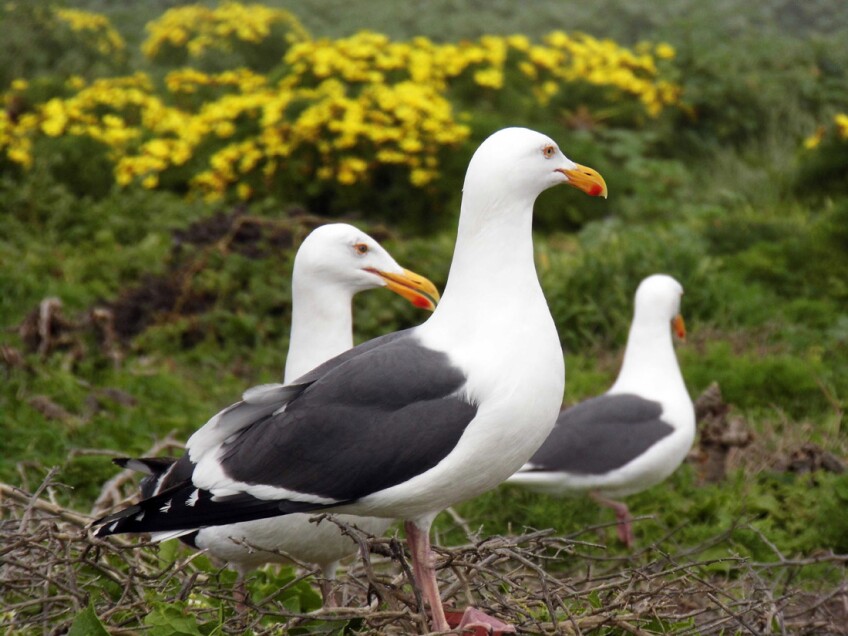
And once one starts to vocalize, it triggers a domino effect, with the entire flock erupting in calls of alarm. Some of them sound like cows mooing, and others like dogs barking.
Because they haven’t actually started laying eggs yet, the birds probably won't dive-bomb you on the trail — but it’s a good idea to tread softly as you hike the two miles of trails (in basically a figure-8 that covers all of East Anacapa) just in case.
You’re likely to see birds of all ages on the island, up to as much as 25 years old. The older the birds are, the lighter their eyes. When the chicks emerge, they’re unmistakable little brown puffballs — and when they get to be about four years old, it’ll be their turn to start doing what birds do on this island.
The wildflowers on the island make for a romantic setting for the launch of the mating season, with the main botanical attraction this time of year being the coreopsis (or "tree sunflower").

The flowers look a lot like yellow daisies or dandelions, though they’re actually hardy little shrubs with thick stalks. When they’re in bloom, they attract butterflies and lots of pollinating insects, but they’ll only last a couple of months this way. Then, they’ll slip into full dormancy, their bases shedding all color and appearing lifeless and done-for.
But, rest assured, they’ll be back the following year.
Booking a trip to the Channel Islands to coincide with both wildflower and bird-breeding season can be a difficult sort of thing to plan ahead. And since the islands sometimes create their own weather patterns, you might find yourself fully exposed to a blazing sun (there’s no shade on the island) or under the cover of a thick fog layer.
If you’re planning on making a landing and doing some hiking, you’ll have to get there by boat. Island Packers provides public cruises departing from the Channel Islands Harbor in Oxnard most Fridays, Saturdays, and Sundays in April and occasional departures from Ventura for day trips as well as multi-day trips with primitive camping.
While you can see some of this “cliff island” from one of Island Packers’ wildlife viewing cruises (as well as by kayak), the only way to get in some good birding and wildflowering is to actually get off the boat at Landing Cove, climb up a metal ladder, and ascend over 150 steps to the top of the cliff. (The other access point, Frenchys Cove, is currently closed — for an indefinite period of time.)

A volunteer ranger will greet you upon your arrival and either send you off on your way to Inspiration Point or guide you through the island.
Whichever you choose, don’t miss the 40-foot lighthouse and fog horn building on the eastern end of East Anacapa, as well as its circa 1932 third-order Fresnel lens, which is on display at the visitor’s center.
Restrooms are limited, and there’s no potable water on the island so you’ve got to bring your own. There’s also no waste disposal or trash pickup, so please pack out whatever you bring in.
